Here in Spain, we’re wine lovers (…though we do have a special spot in our hearts for some cerveza, too). Luckily for us (and for you), Spain is one of the best places in the world to drink wine. Whether you’re a wine-curious newbie or a budding sommelier, this guide to the best Spanish wines will help you discover and drink vino like a local.
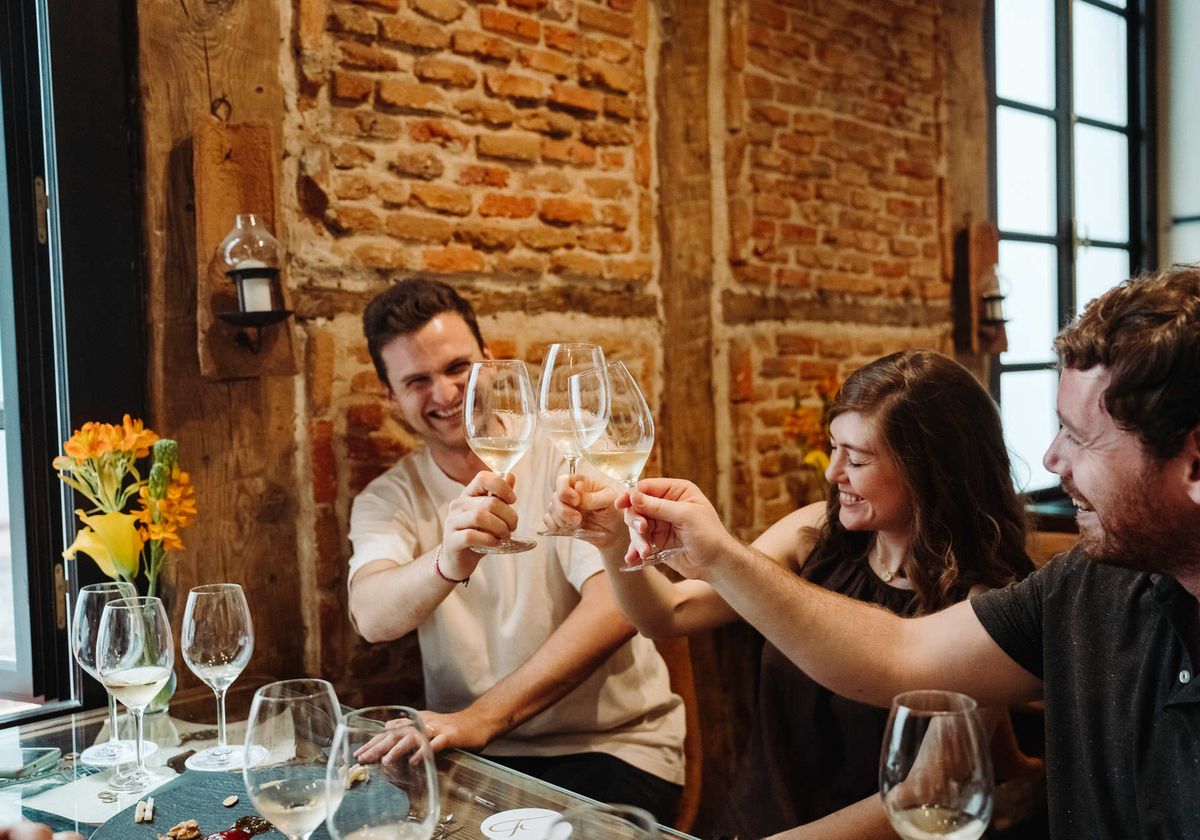
Trying to distinguish between the best Spanish wines—let alone read a Spanish wine label—can be tricky if you’re unfamiliar with it. Here in Spain, we do things a bit differently.
We mostly categorize Spanish wine by region, rather than grape (with a few exceptions). Plus, there’s a whole system of quality classifications to get familiar with as well. Throw in cava, sherry, and vermouth in addition to your classic reds, whites, and rosés, and you’ll see how the world of Spanish wine is both complex and fascinating all at the same time.
An overview of Spanish wines
Winemaking has been serious business in Spain for thousands of years. The Phoenicians brought the technique and vines to the Iberian Peninsula, the Ancient Romans perfected it, and the Age of Exploration saw the start of a new era for Spanish wine as it made its way across the world.
Today, Spain is one of the world’s top wine producers, with nearly 1 million hectares of vineyards sprawling across the country. While perhaps not as popular abroad as its French and Italian counterparts, Spanish wine provides excellent value for money. It also offers a fascinating diversity that would take years to uncover in depth.
Spain’s varying terrain and climate means that no two wines produced here will be alike—even if they use the same main grape. That’s part of why regionality is such a big deal for Spanish wine. Additionally, Spain’s quality classification system for wine consists of several levels, each with stricter regulations and standards that must be met in order to earn more prestigious status.
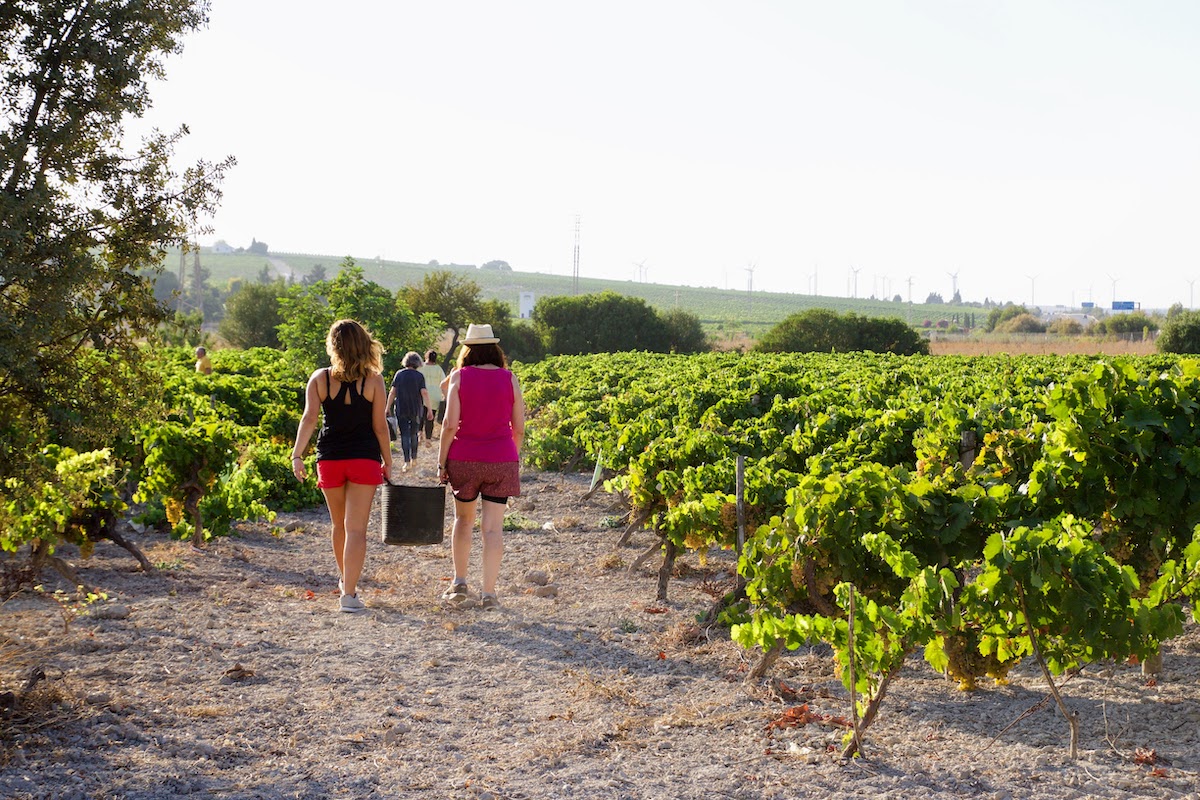
Spanish wine regions
There are 138 officially recognized wine regions in Spain (data from 2020). Of those, about 70 have the status of denominación de origen (DO), a quality designation with strict governmental regulations that must be followed.
Many regions in Spain are strongly associated with certain types or styles of wine.
- Despite being one of the only DOs not restricted to one individual region, cava is by far produced mainly in Catalonia. The sunny climate and proximity to the Mediterranean help make Catalan cava light and easy to drink.
- Sherry wine can only be produced in three towns in Andalusia’s Cádiz province. This area is warm and dry, with the Atlantic breeze and the unique soil—a blend of chalk, limestone and clay known as albariza—helping contribute to the unique character of sherry wines.
- In northwestern Spain, Galicia’s maritime climate make it one of the country’s foremost producers of crisp white wines. The albariño grape, with its citrusy and botanical notes, is the region’s most promient.
- The regions of Rioja and Ribera del Duero are Spain’s most famous for red wines. But they’re not the only Spanish reds worth trying! Jumilla, Valdepeñas, Toro, and Priorat are other names to look out for.
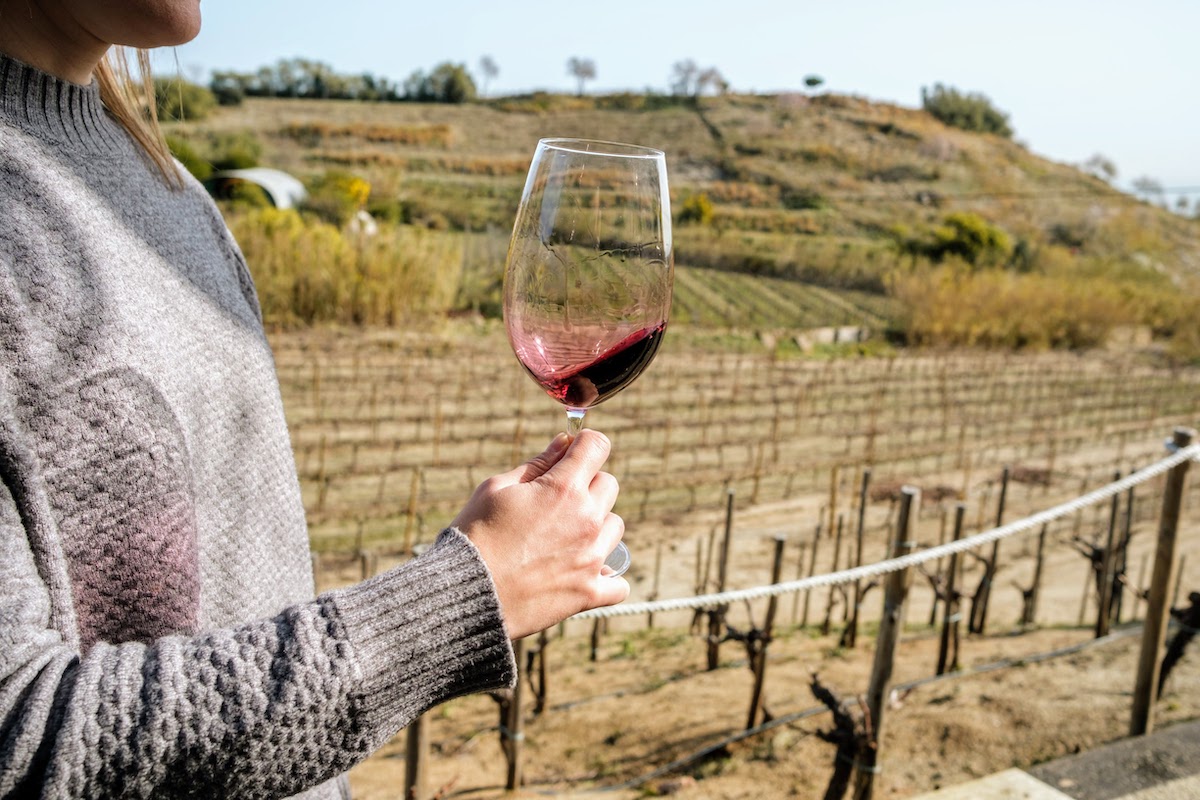
Spanish wine history
It’s safe to say that when it comes to winemaking, Spain knows what it’s doing. After all, we have thousands of years of practice under our belt.
The Phoenicians brought the first vines to modern-day Spain around 1100 BC, along with their winemaking techniques. They settled in and around modern-day Cadiz, and can take credit for developing sherry (the oldest wine in Spain!). But it wasn’t until several hundred years later when the Ancient Romans arrived that Spanish winemaking entered a revolution.
The Romans realized that the land and climate throughout much of Spain was perfect for winemaking. Spain was an ideal location to cultivate grapes and produce wine that could then be shipped throughout the empire. In fact, archaeologists have discovered traces of ancient Spanish wine as far north as England!
After the Moors invaded the Iberian Peninsula in 711 AD, wine production and consumption began to decline due to the Muslim faith’s prohibition of alcohol. However, winemaking did continue to an extent.
During the Christian Reconquest in the Middle Ages, production began to increase. Perhaps surprisingly, it was Catholic monks who headed up this new frontier in Spanish wine. They had realized that nuances in the soil and landscape could affect the outcome of the wine.
After that point, things didn’t change much in the world of Spanish wine for nearly 500 years. It wasn’t until the late 20th century when a new generation of young winemakers started to see the same potential for Spanish wine that the Romans did over a thousand years ago.
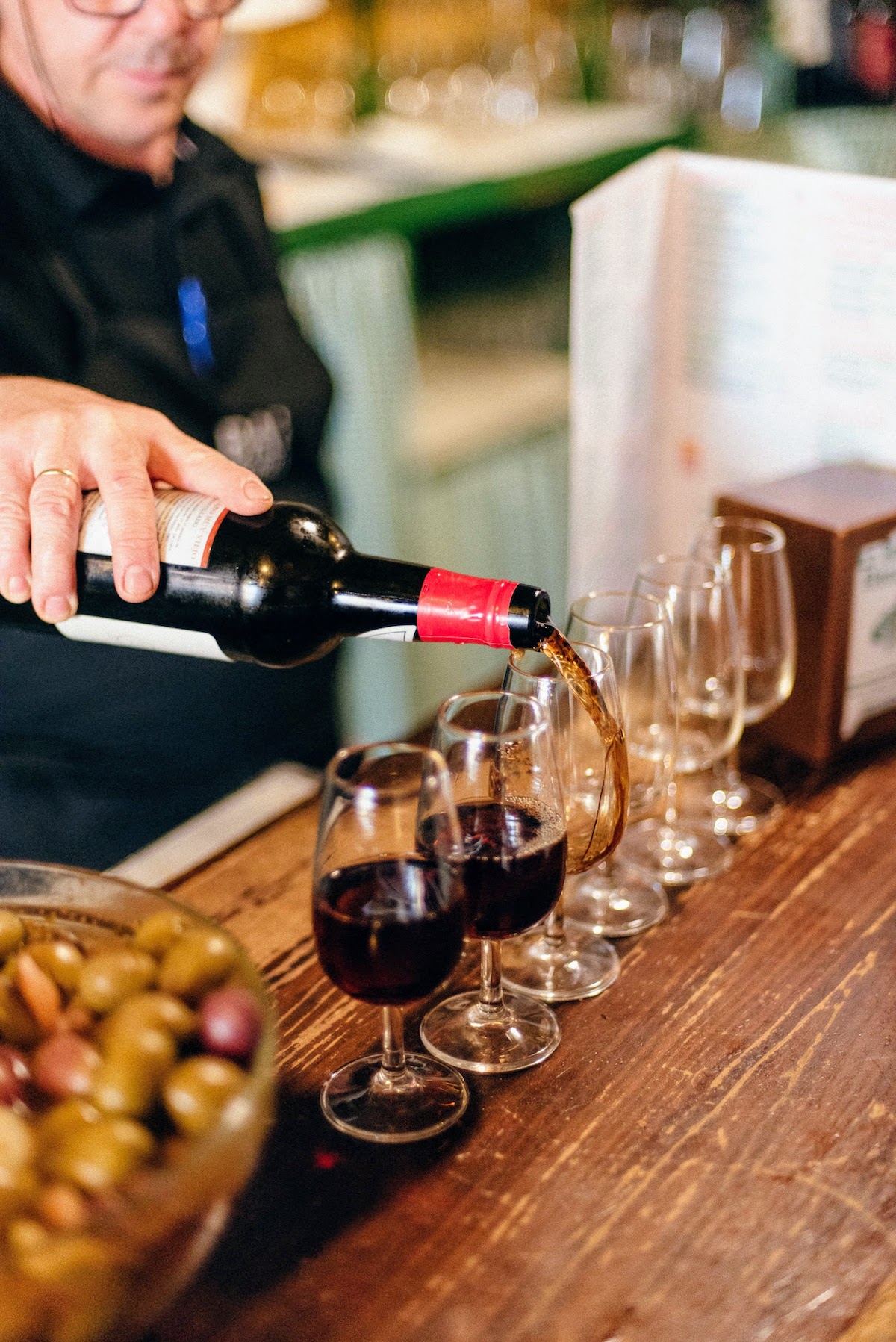
Most popular Spanish red wines
Gomez Cruzado’s Crianza (DOCa Rioja) uses 80 percent tempranillo grapes and 20 percent garnacha (grenache) grapes. This wine comes from the northern half of La Rioja, where the moderate climate results in light, elegant wines. It has the designation of “Crianza” because it has aged for at least 24 months, at least six of those in oak.
Vizcarra Senda de Oro (DO Ribera del Duero) uses 100 percent tempranillo (known regionally as tinto fino). However, the more intense climate in the Ribera del Duero region results in completely different wines than Rioja. Intense dark fruit notes and a full body give this wine excellent value.
For something different, try a red wine from Spain’s capital region. Las Moradas de San Martín (DO Vinos de Madrid) produces beautiful garnacha wines such as Senda, a fresh and aromatic red wine with hints of oak.
Where to drink red wine in Spain
Red wines are Spain’s most prolific. Just about every bar in the country will have some Rioja on hand (at the very least). But central Spain is home to some of the country’s best red wines, and they’re a classic pairing for the heartier meat-based dishes typical of the area.

Most popular Spanish white wines
Despite being the smallest DO region in Spain, the Catalan region of Alella is worth any Spanish wine lover’s time. Their 3 de Testuan is a beautiful organic white with notes of white fruits giving it a positively Mediterranean feel.
On the other side of northern Spain, El Jardín de Lucía’s albariño (DO Rias Baixas) is a testament to Galicia’s proud winemaking tradition. Produced in a temperate, humid climate, it has citrusy and earthy notes and a fresh Atlantic intensity.
One of the most fascinating Spanish white wines is txakoli (DO Bizkaiko Txakolina, DO Getariako Txakolina, and DO Arabako Txakolina), a semi-sparkling Basque wine made with hondarrabi zuri grapes. Elkano, run by a family that’s been producing txakoli for nearly 200 years, makes a fresh, lively, fruity txakoli that pairs beautifully with local anchovies.
Where to drink white wine in Spain
As you can see, some of the most impressive Spanish whites come from the north. The crisp Atlantic climate provides ideal growing conditions for some of Spain’s best white grapes.

Cava
Though previously dismissed as a cheaper alternative to Champagne, cava (DO Cava) has made a name for itself in the world of sparkling wine. Catalonia produces the overwhelming majority of cava—a whopping 95 percent, to be exact.
Cava is produced in accordance with the world-famous Champagne method. However, the climate and terrain in most cava regions varies greatly from that of the Champagne region in France. As a result, cava is lighter and easier to drink than Champagne, and doesn’t require as much added sugar as its more acidic French counterpart.
Where to drink cava in Spain
Catalonia, of course! Barcelona is full of bars specializing in cava, and you’ll find Catalans drinking it at all times of day—even for breakfast!
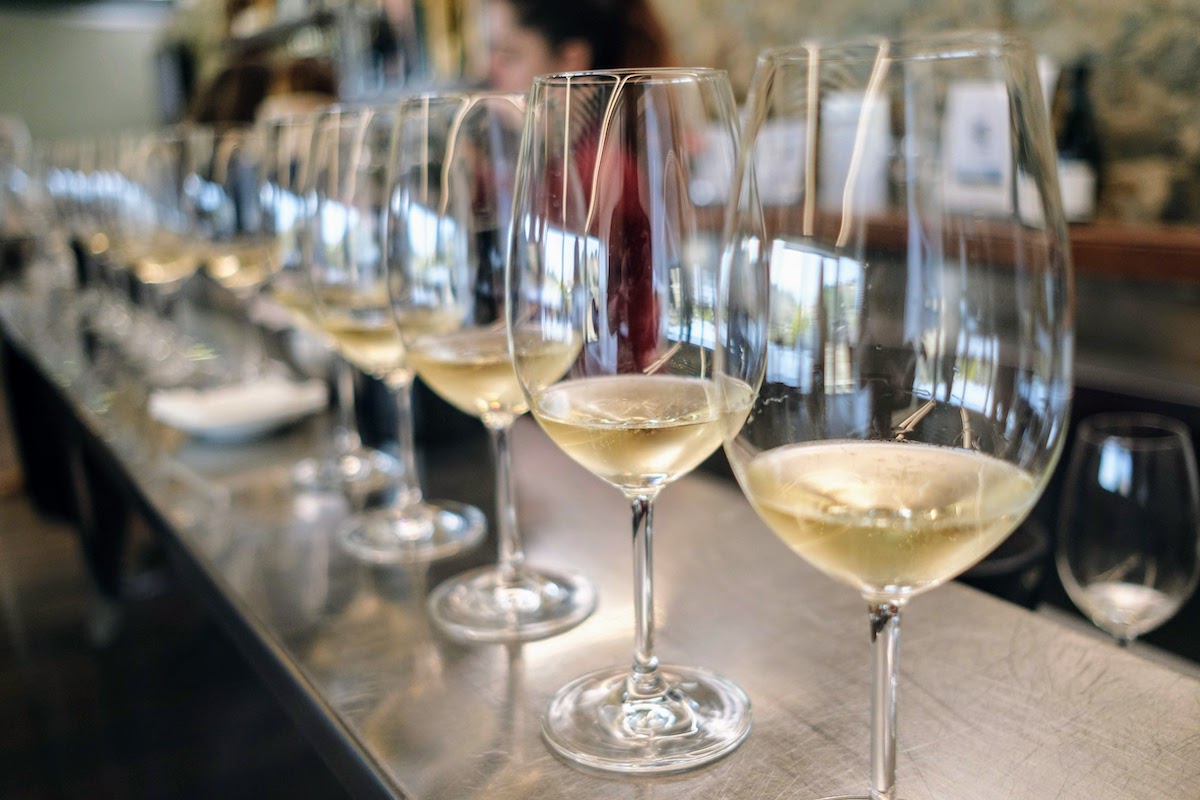
If you’re in the region, join us on our meticulously designed Montserrat and Cava Winery tour. This small group excursion allows you to leave the hustle and bustle of Barcelona for the tranquility of the mountains and countryside. Here, you’ll get to visit the Montserrat Monastery and a family-run cava winery, offering a quintessential Catalonia experience.
Vermouth
For many people, the first thing that comes to mind at the mention of vermouth is a low-quality Italian mixer. But vermouth in Spain is quite different.
It may surprise many people trying Spanish vermouth for the first time to learn that it’s actually a white wine. It earns its signature dark color from caramel, spices and botanicals. Spaniards all over the country usually drink it as an aperitif in a crowded bar with friends.
Where to drink vermouth in Spain
Most major cities are full of excellent places to try this classic drink, but Barcelona and Madrid are full of great aperitivo bars serving vermouth on tap.

Sherry wines
Sherry (DO Jerez-Xérès-Sherry) is more than just a sweet, dark dessert wine! In fact, sherry comes in a whole spectrum of different colors and flavors, from bone-dry and light in color to the sweet, ebony variety many are familiar with.
Most sherries use the palomino grape, with sweeter sherries relying on the Pedro Ximenez and moscatel varieties. It is only made in the area known as the Sherry Triangle in southern Spain, composed of the towns of Jerez de la Frontera, Sanlúcar de Barrameda, and El Puerto de Santa María.
Where to drink sherry in Spain
Sherry enjoys a special status in Seville. Andalusia’s capital is only about an hour away from the Sherry Triangle.

Most expensive Spanish wines
Whether you have room in your budget to splurge or you’re simply daring to dream, knowing what sets the most expensive Spanish wines apart can ensure you make the right selection.
- The iconic bodega Vega Sicilia (DO Ribera del Duero) will likely ring a bell to serious Spanish wine drinkers. The bodega’s excellent quality wines have earned it international renown and the opportunity to sell their product at luxurious prices. Many bottles will run you between $300–500, with some costing nearly ten times that.
But it doesn’t end there…
- Bodegas Sierra Cantabria’s Teso La Monja (DO Toro) is a relative newcomer to the Spanish wine scene. But it’s quickly made a name for itself, with bottles regularly catching $1,000 and beyond.
- Another chart topper is Dominio de Pingus (DO Ribera del Duero), whose bottles often go for four figures or more.
- The top spot, however, goes to AurumRed Gold (DO La Mancha). Only 300 bottles are produced every year (just half of which are able to be reserved in advance), and each one will set you back an eye-watering €25,000.
Luckily, you don’t need to pay anywhere near those amounts to enjoy excellent Spanish wine. You can easily find high-quality bottles for less than €20, and even some gems for less than €10.
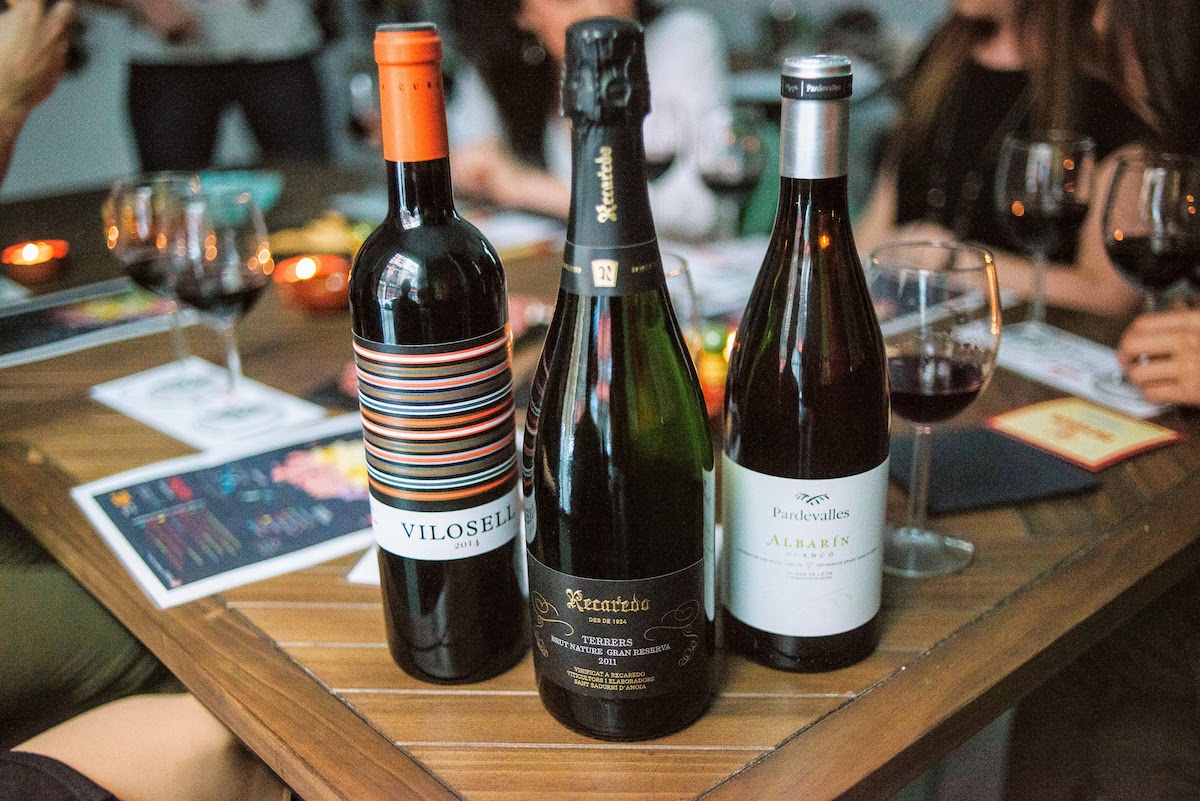
Spanish wine pairings
Want to bring the flavors of Spain to your own table? Try some of these classic dishes paired with amazing wines from Spain!
- Pisto manchego (a warming vegetable stew similar to ratatouille) is perfect with a young red Rioja.
- Ham croquettes need something intense but not overpowering, like a nice garnacha.
- Eggs are notoriously tricky to pair with wine, but sparkling is always a good option. Try huevos rotos (eggs “broken” over fried potatoes) with a crisp cava.
- A staple of Andalusian cuisine itself, salmorejo (chilled, puréed tomato and garlic soup) goes beautifully with a dry sherry, like fino or manzanilla.
- Fino sherry is also a great pairing option for gambas al ajillo (garlic shrimp), as is a fresh-tasting albariño.
- Espinacas con garbanzos (spinach and chickpea stew) is great with a lightly aged verdejo.
- Don’t forget your dessert wine pairings, either! We love a perfect crema catalana paired with cream sherry.
- And of course, Pedro Ximénez sherry is the classic pairing for burnt Basque cheesecake. At La Viña, the San Sebastian bar that created the recipe, you’ll often find locals pouring the wine over the cheesecake itself!
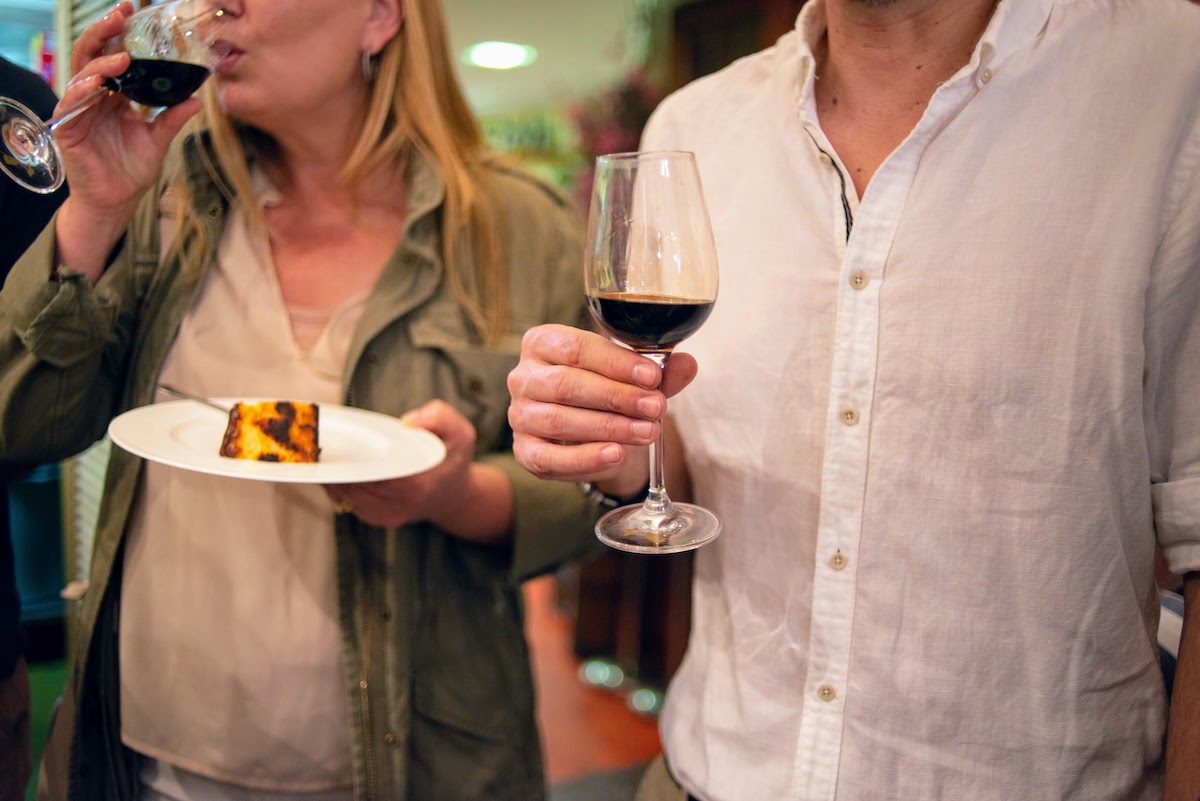
Spanish wine FAQs
What are the best-known Spanish wines?
Rioja is Spain’s best-known red wine, and cava is starting to become a household name abroad (more than 60 percent of cava is exported). Sherry wine is also fairly well known, though many people may only be familiar with the sweet and dark varieties and would be surprised to learn how diverse it actually is.
Which region of Spain produces the most wine?
Castilla-La Mancha produces more wine than any other region of Spain, accounting for one-third of all Spanish wine production.
What Spanish wine should I use for sangria?
Just like with cooking, when it comes to sangria, don’t use wine you wouldn’t drink on its own. A young and fruity red made with tempranillo grapes will provide great taste and quality without overpowering the other ingredients in your sangria.
Update notice: This post was updated on January 26, 2024.
Craving more wine? Join us on our Barcelona Gourmet Tapas and Wine Tasting Tour for a curated selection of the best bites the city has to offer. These are perfectly paired with the drinks locals love, including sparkling wine!





